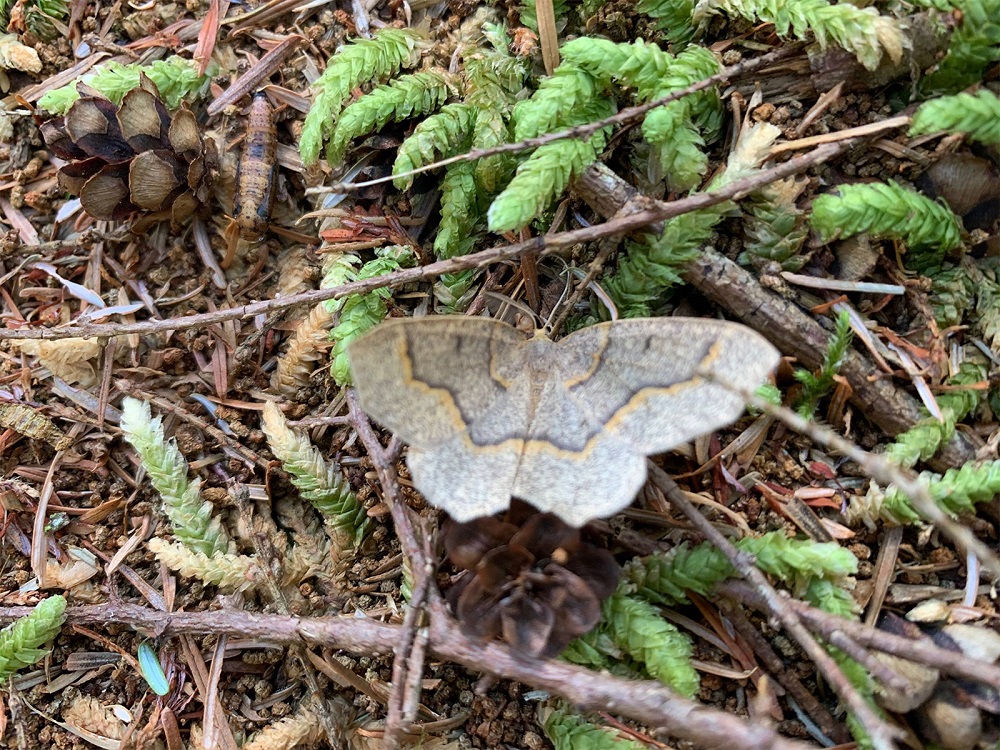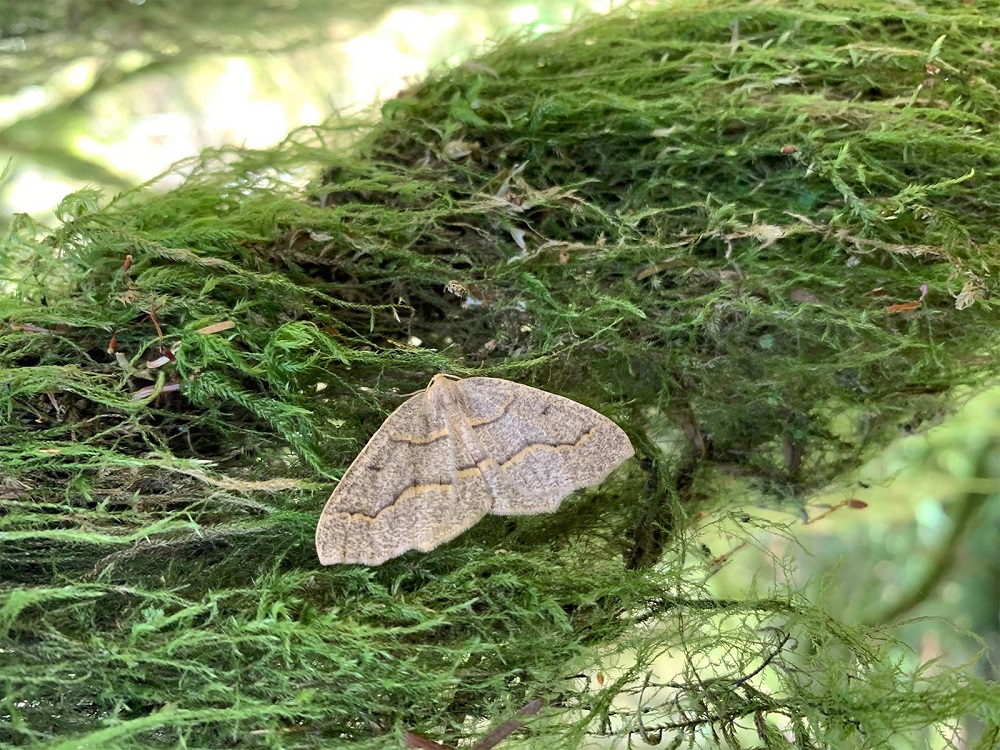Our watersheds cover about 60,000 hectares (150 times the size of Stanley Park) of protected land secured under a 999-year lease from the Province. Most of this is Crown land, with some sections owned by the Greater Vancouver Water District. The primary purpose of our watersheds is to produce high-quality drinking water. They are protected from human access, urban development, and human-caused disturbances to keep our water clean.
By protecting these watersheds for drinking water we are also protecting a lot of forested land.
Western hemlock looper outbreak
An outbreak of western hemlock looper moths impacted Metro Vancouver’s Capilano, Seymour, and Coquitlam watersheds, Lynn Headwaters Regional Park, and the North Shore from 2018 to 2021, resulting in tree defoliation and mortality.
The western hemlock looper is a native species that is an important part of the natural coastal forest ecosystem, as looper larvae (caterpillars) feed on trees and understory vegetation that grow in the Lower Mainland.

